| Title | Robotics;Notes DaSH |
| Released | Jan 31, 2019 (JP) Oct 13th, 2020 (US) |
| Developer(s): | MAGES. Inc. |
| Publisher(s): | Spike Chunsoft |
| Platform(s): | |
| Genre | Visual Novel, Adventure |
| Rating | T |
| Price | $34.99 |
| Proton | 9 |
Completed on PC using Committee of Zero patch
HowLongToBeat Time: 26 Hours | My Clear Time: 25hrs 53min
Background
Robotics;Notes DaSH is a visual novel in the Science Adventure series, serving as a sequel to Robotics;Notes Elite. Set on Tanegashima, it follows the Robotics Club as they reunite for new adventures, featuring a crossover with Steins;Gate’s fan-favorite hacker, Daru, whose presence ties DaSH to the series’ time-travel themes. Developed by MAGES, the game builds on the series’ signature mix of science, conspiracy, and character-driven storytelling.
The game was first announced at the Chiyo-ST Live 2017 Genesis event, with a trailer following at Tokyo Game Show later that year. Originally planned for 2018, it was delayed twice before launching on January 31, 2019, in Japan for PlayStation 4 and Nintendo Switch. A PC version and English localization were announced by Spike Chunsoft at Anime Expo 2019.
The development team for Robotics;Notes DaSH includes:
- Naotaka Hayashi (Writer): Steins;Gate, Chaos;Head, Robotics;Notes
- Takuya Nishimura (Director): Steins;Gate 0, Steins;Gate Elite
- Tomonori Fukuda, Ryo Ueno (Character Designer / Artist, Art Director):
- Fuduka: Famicom Detective Club, Robotics;Notes, Bravely Second
- Ueno: Robotics;Notes, Famicom Detective Club, Memories Off
- Takeshi Abo (Composer): Science Adventure, Never7, Phantom Breaker: Battle Grounds
- Tatsuya Matsubara (Producer): Science Adventure, Genso Manège
Experience
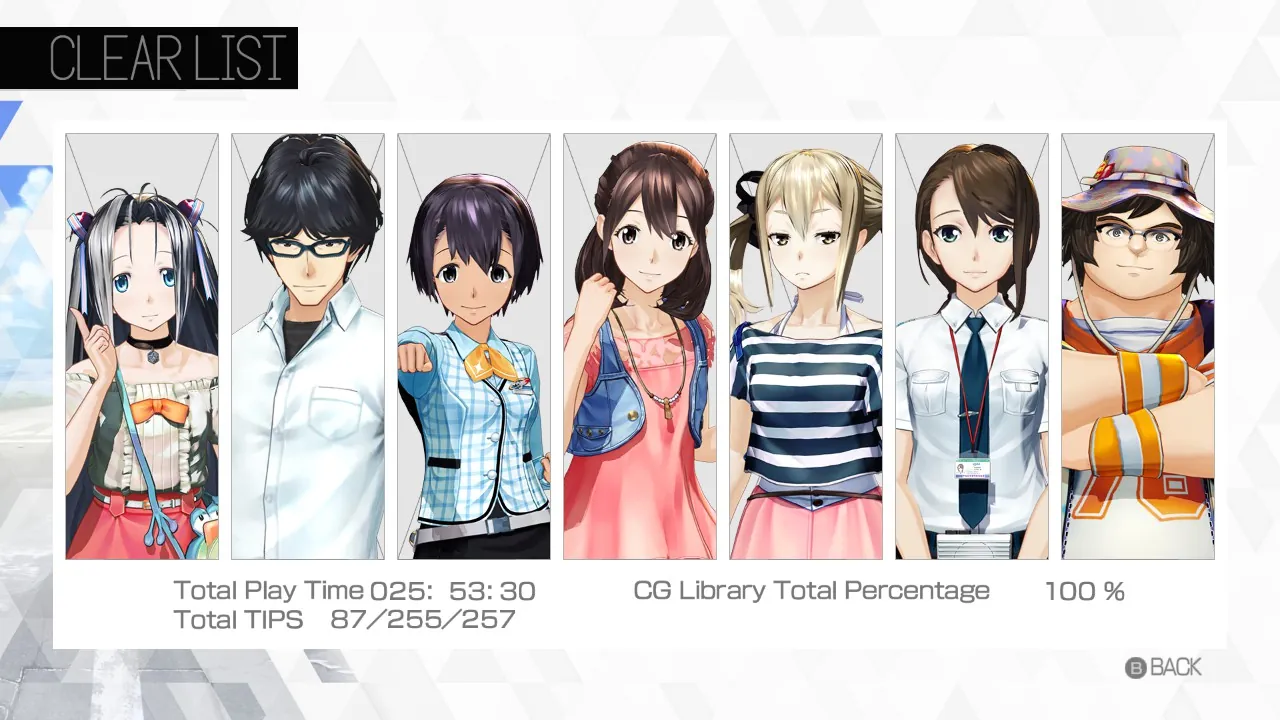
25 hours later, still no Daru-tier hacks unlocked
I’ve played every Science Adventure entry in order, alongside adventure games like the Danganronpa series, Rain Code, both Famicom Detective Club titles, and the Spirit Hunter series. This background in visual novels, particularly the Science Adventure series’ blend of intricate sci-fi plots and emotional depth, set high expectations for DaSH’s narrative and technical polish. Those expectations, unfortunately, are not met.
I’m completing Robotics;Notes DaSH before starting Anonymous;Code, the current final entry in the series.
Impressions
Introduction
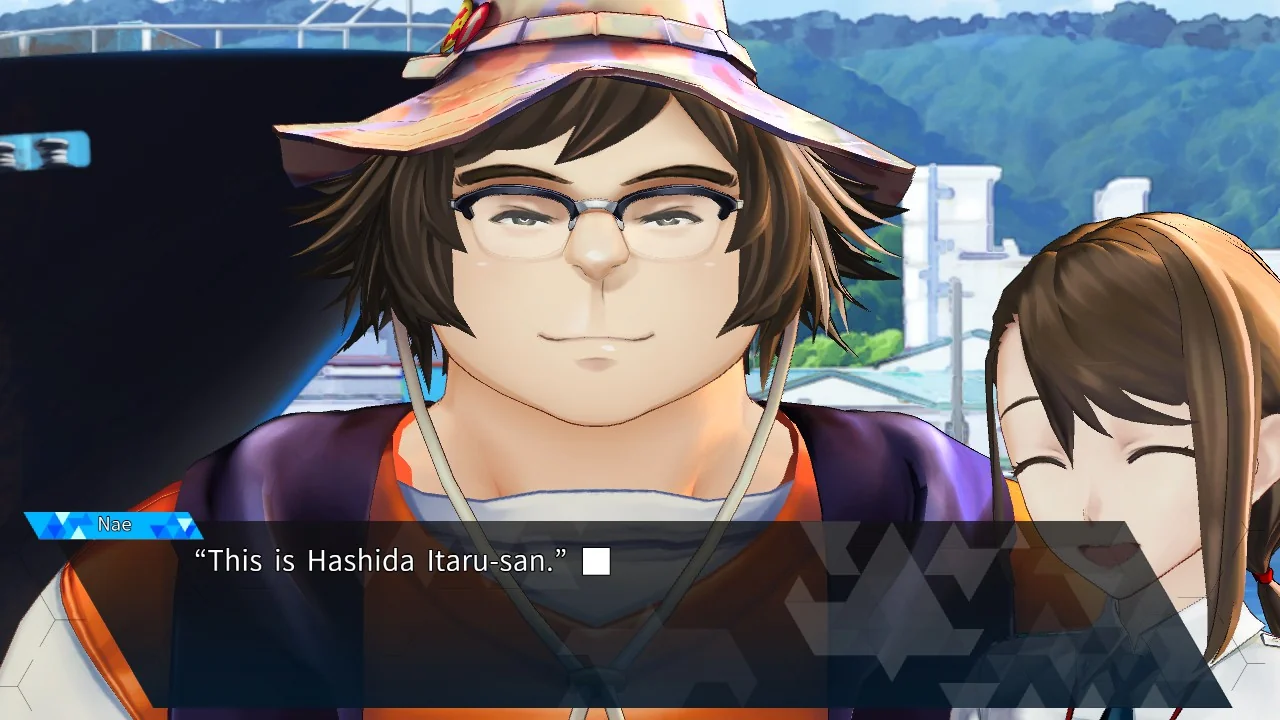
Nae introduces Daru, and the chaos begins.
Robotics;Notes DaSH, released in 2019 for PC, PS4, and Nintendo Switch, picks up six months after the events of Elite. Tanegashima is alive with summer festival buzz, Kaito is studying to become an astronaut, and the Robotics Club members have slipped into new routines.
The arrival of Steins;Gate’s Daru, a beloved hacker known for his wit and technical prowess, disrupts this calm, pulling the story into playful detours, lingering threads, and nods to the broader Science Adventure universe. Daru’s time-travel context may confuse those unfamiliar with Steins;Gate, limiting its appeal for newcomers.
Gameplay & Mechanics
DaSH follows the typical visual novel structure but expands systems unique to the Robotics;Notes titles, though they feel iterative compared to Elite and lack the innovation of Steins;Gate’s phone triggers.
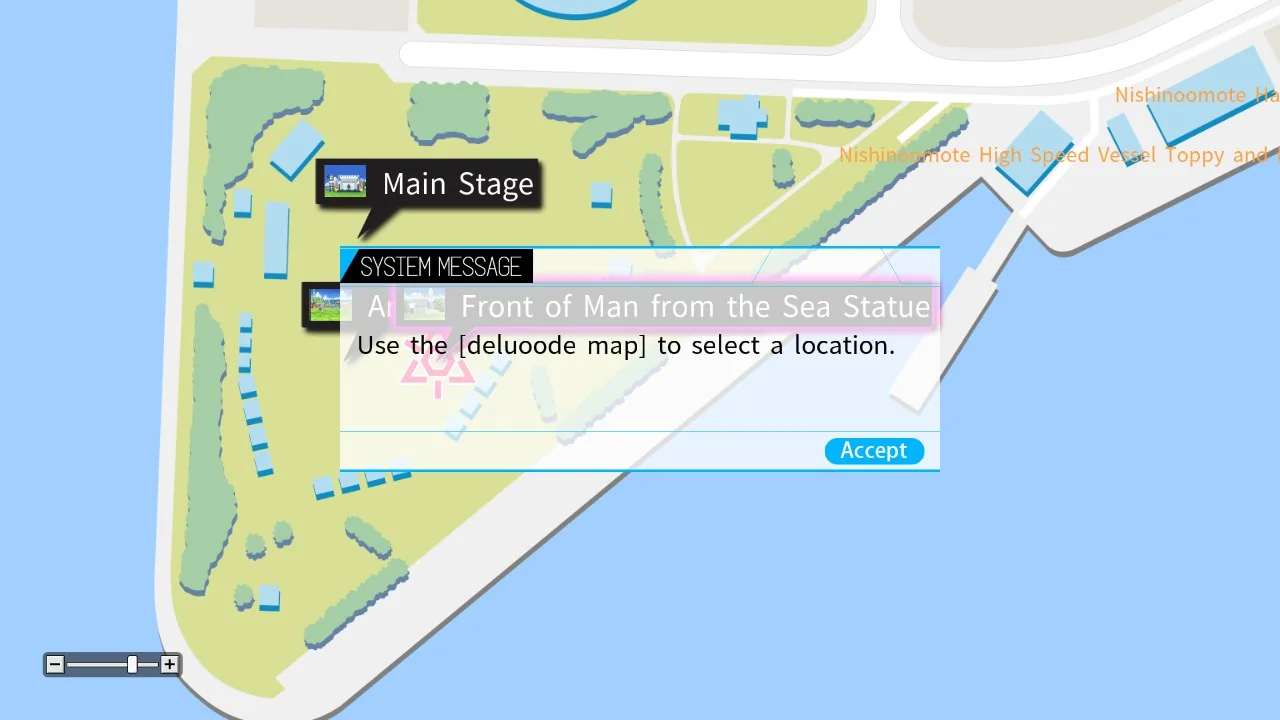
Navigate Tanegashima with the trusty Deluoode Map
Deluoode Map & Map Trigger
The Deluoode Map returns, showing location, date, and time as you move around Tanegashima. DaSH leans more heavily on Map Triggers than Elite, making them the main way routes diverge. Choosing different spots lets you see more character interactions, while a set “correct” location pushes the story forward.
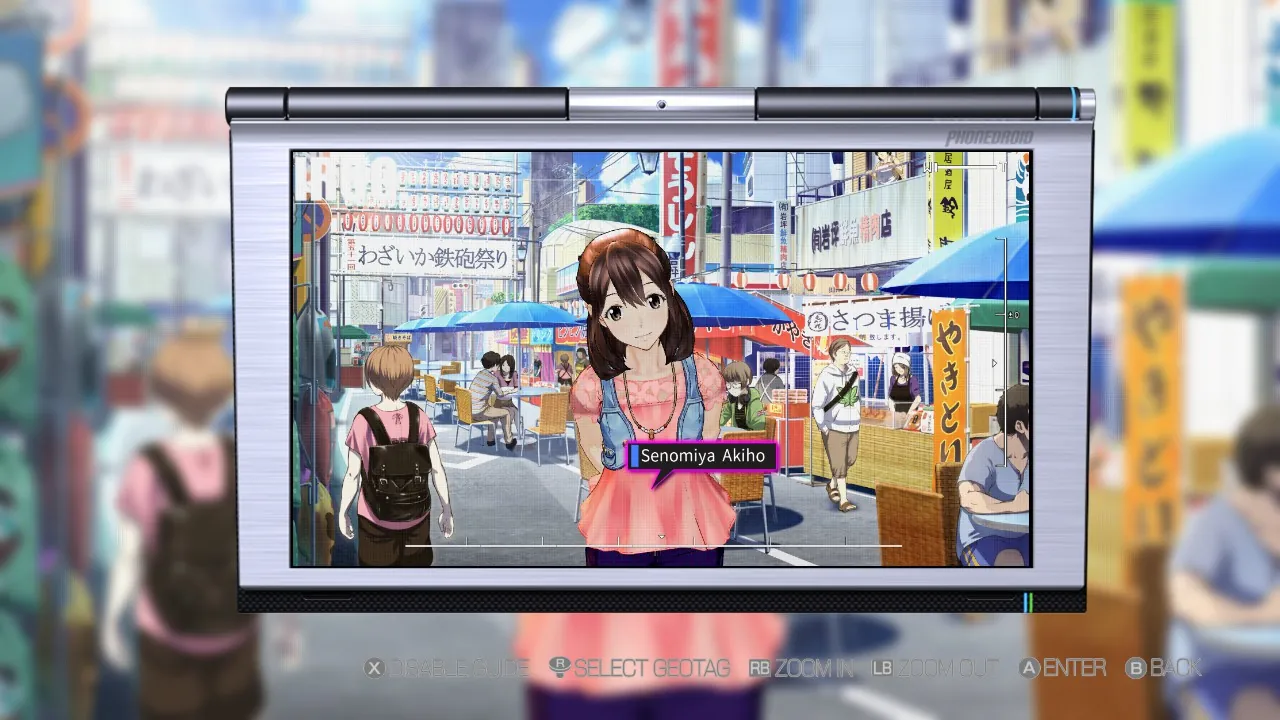
Every GeoTag tells a story, don’t miss a beat.
IRUO App
The IRUO app is still tied to spotting GeoTags, but DaSH folds it into route progression. Certain hidden switches need to be scanned to trigger key story events, making the mechanic feel more like a mandatory puzzle step than a side activity.
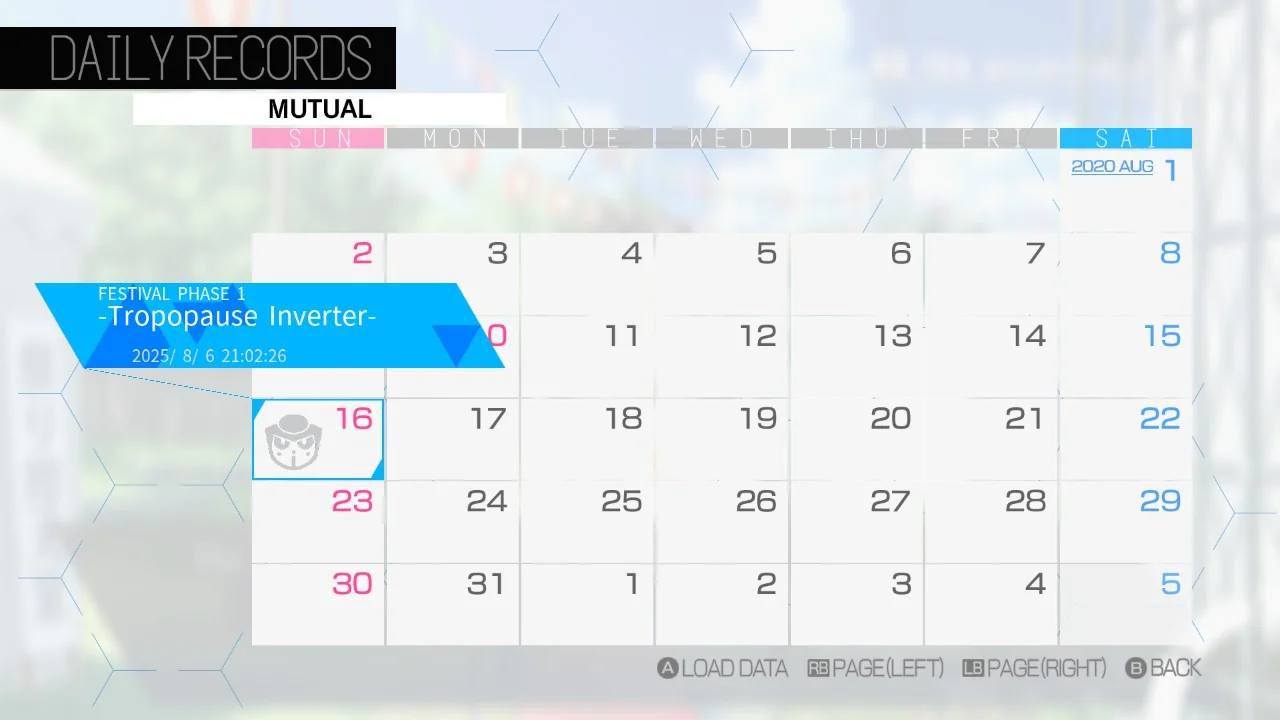
Time travel isn’t just for Okabe
Daily Records
The calendar-based rewind lets you recover missed choices or fix mistakes. It reduces frustration from branching routes, but its utility is undermined by the shallow nature of most paths.
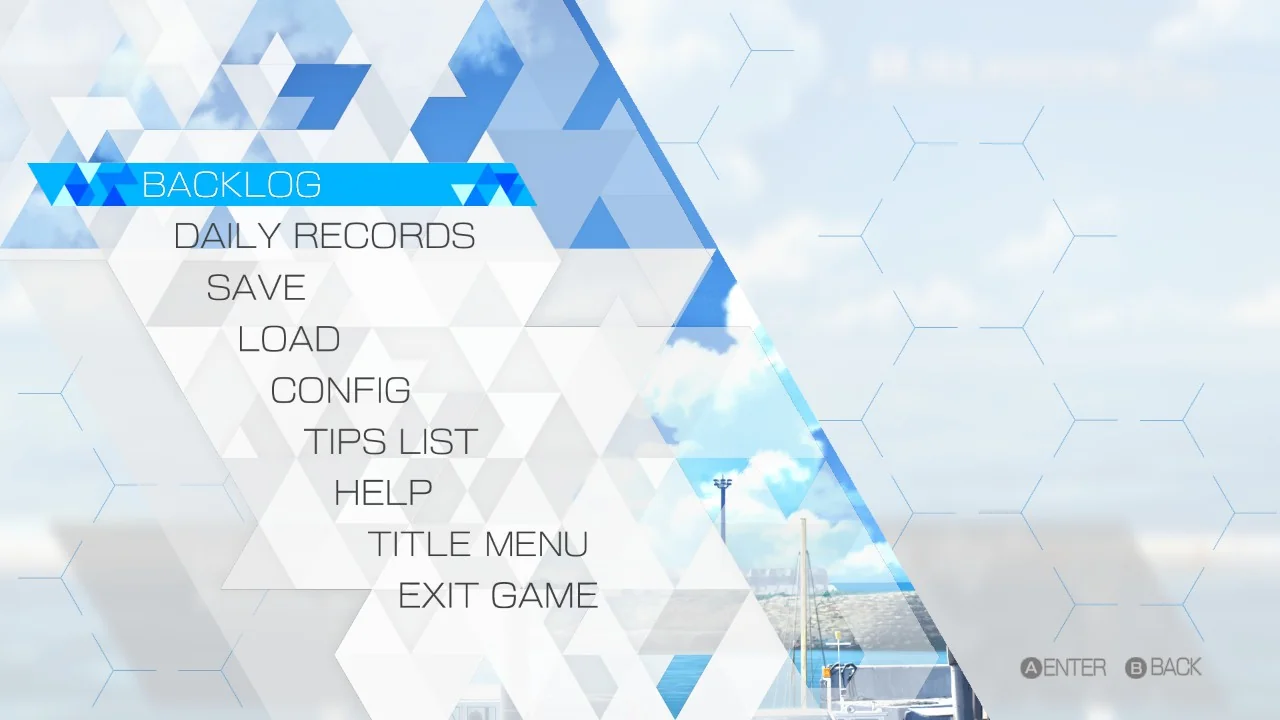
Control your DaSH destiny!
Options
Includes Save/Load, Quick Save/Load, Backlog, Settings, and Tips List for smooth navigation and reference, standard but reliable for the genre.
Route Progression
In Elite, side routes fleshed out each character, but here the structure funnels players toward one main conclusion. The branching is less about meaningful choice and more about ticking off required visits across the map to unlock endings, lacking the emotional depth of Chaos;Child’s routes.
Art & Audio
The game maintains Elite’s clean, expressive art style, with detailed Tanegashima backgrounds and character designs balancing grounded realism with anime flair. Live2D adds subtle motion to character portraits, making conversations livelier. Daru’s quirky gestures and Akiho’s energetic poses steal the show. CGs are polished but rarely reach standout moments, feeling iterative compared to the rest of the series.
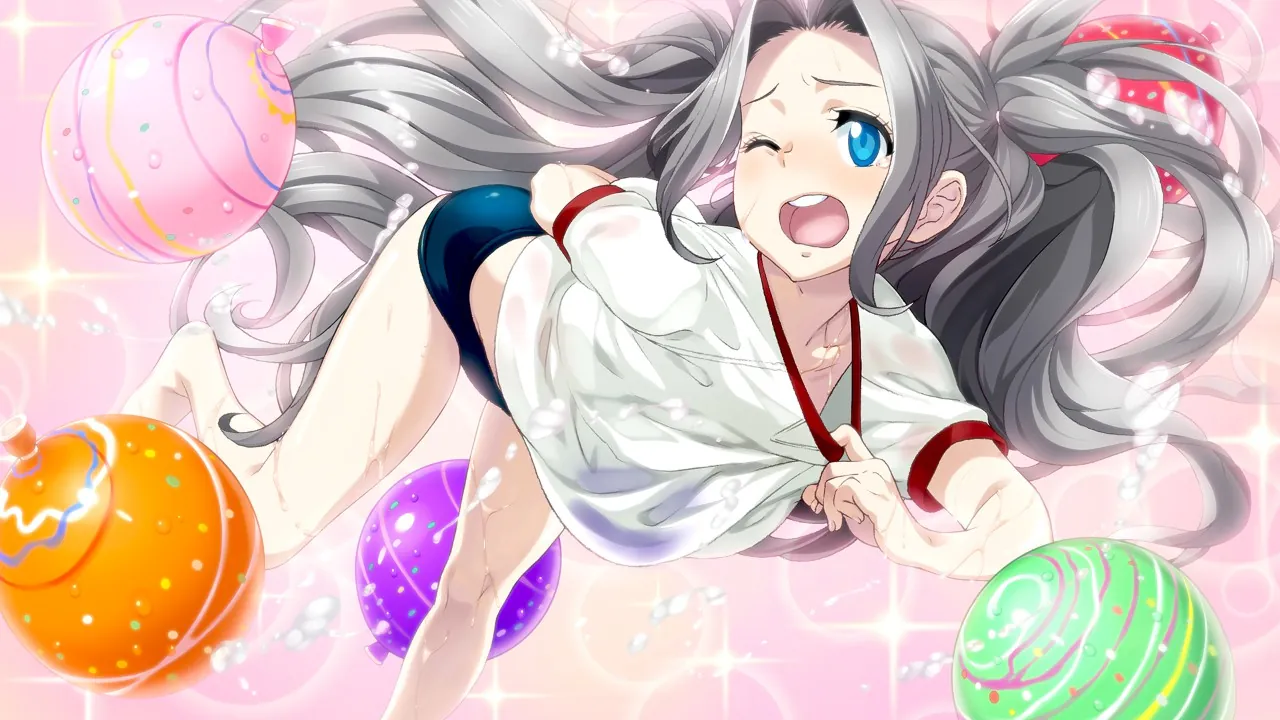
Water balloons never lie.
Takeshi Abo balances energetic tracks for lighter moments with tense themes for conspiratorial turns. The variety of ending songs, particularly Kanako It?’s true ending theme, enhances replay value. However, the soundtrack recycles Science Adventure motifs and lacks the memorable impact of Steins;Gate and the rest of the series’ iconic tracks.
Standout tracks:
ROBOTICS;NOTES DaSH Main Theme
A vibrant, uplifting track that captures Tanegashima’s sunny festival vibe, setting the tone for the Robotics Club’s reunion.
-Liberation-
A dynamic, electronic piece that underscores conspiracy-driven moments, adding tension but not surpassing Elite’s highlights.
ROBOTICS;NOTES DaSH True Ending Theme
A melancholic yet hopeful track tied to the True Route, with Kanako It?’s vocals elevating it as a series highlight.
Unique Features & Mechanics
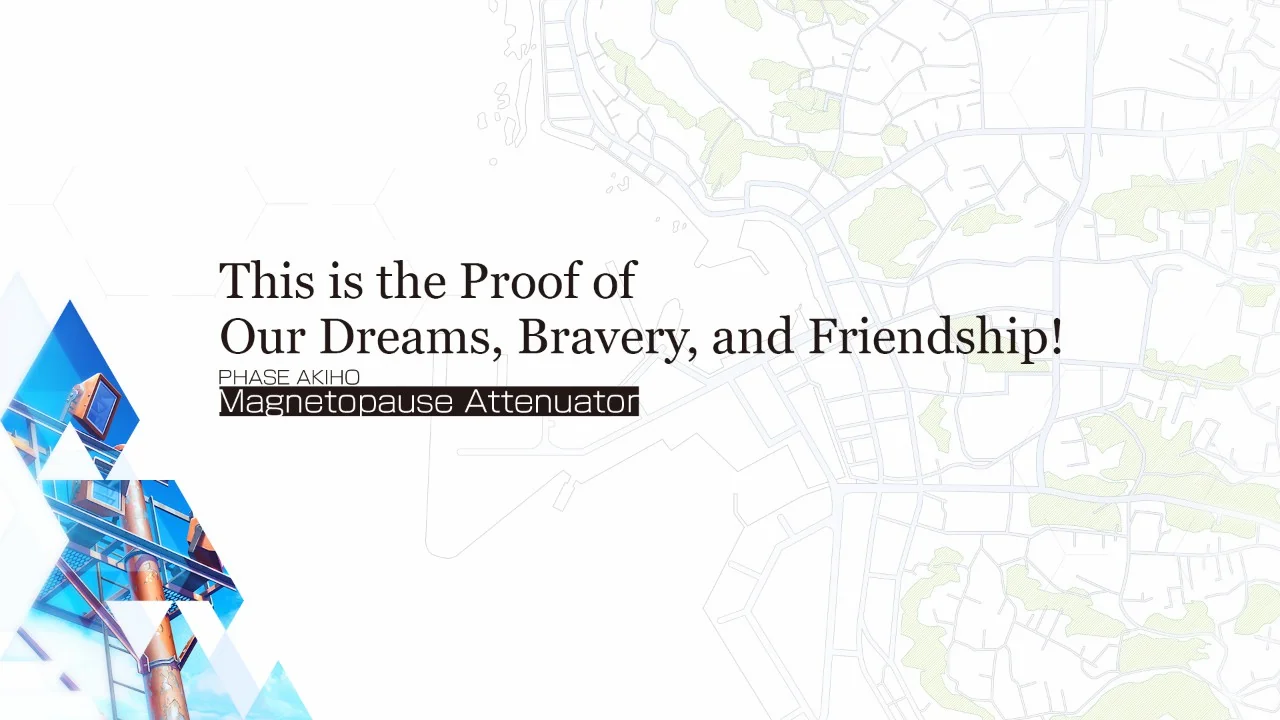
Every path has a name, not a shame.
Most mechanics return from Elite with only minor adjustments. The Deluoode Map is tied more directly to route flags, while the IRUO app advances the story via hidden switches. Beyond these tweaks, the core remains unchanged, leaving the Steins;Gate crossover as the only novelty — and even that adds story, not gameplay.
Combined with frequent crashes, the limited interactivity makes the experience feel repetitive.
Story & Writing
DaSH’s multi-route structure promises depth but delivers filler, unlike Steins;Gate’s gripping tension or Chaos;Child’s emotional weight. A festival scene where Daru’s banter with Akiho sparks a rare laugh stands out, but most routes meander with shallow character arcs, feeling like a heart rate monitor stuck at baseline.
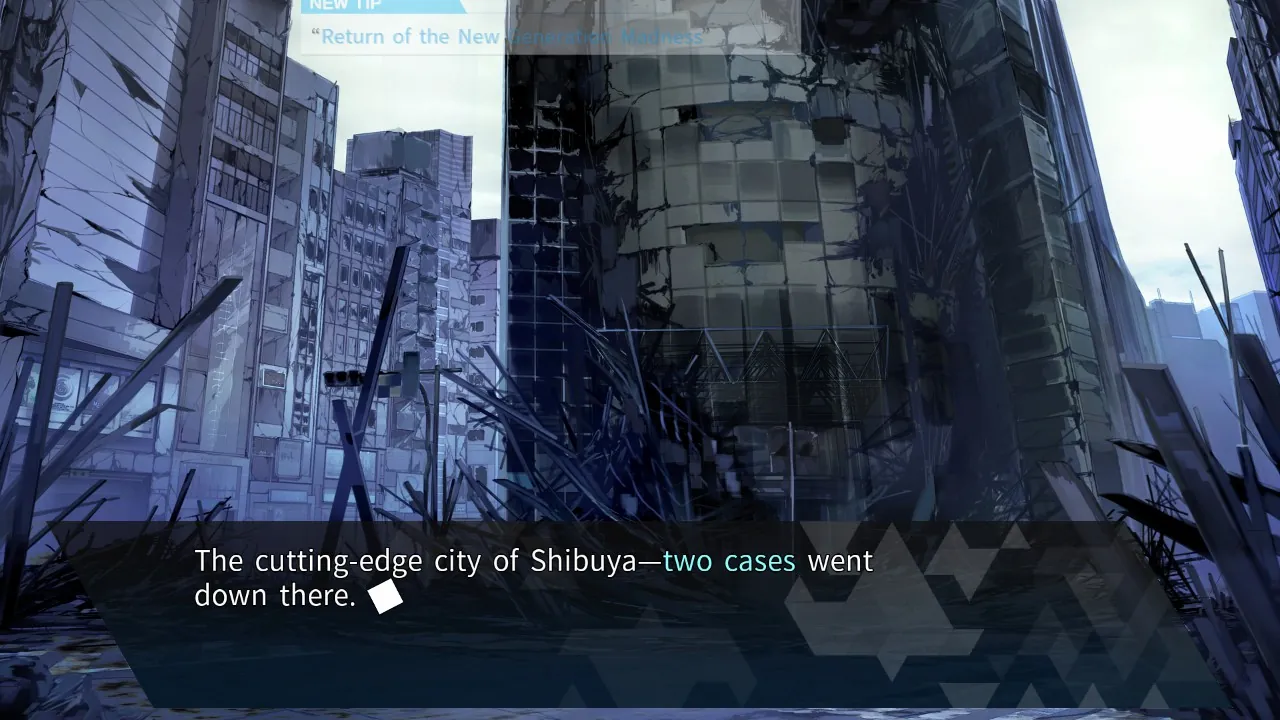
When Shibuya burns, stories collide.
Even the True Route, meant to unify the story, fails to overcome the fatigue of repetitive paths. The crossover charms longtime fans but loses impact for newcomers unfamiliar with Steins;Gate.
Seiyuu Performances
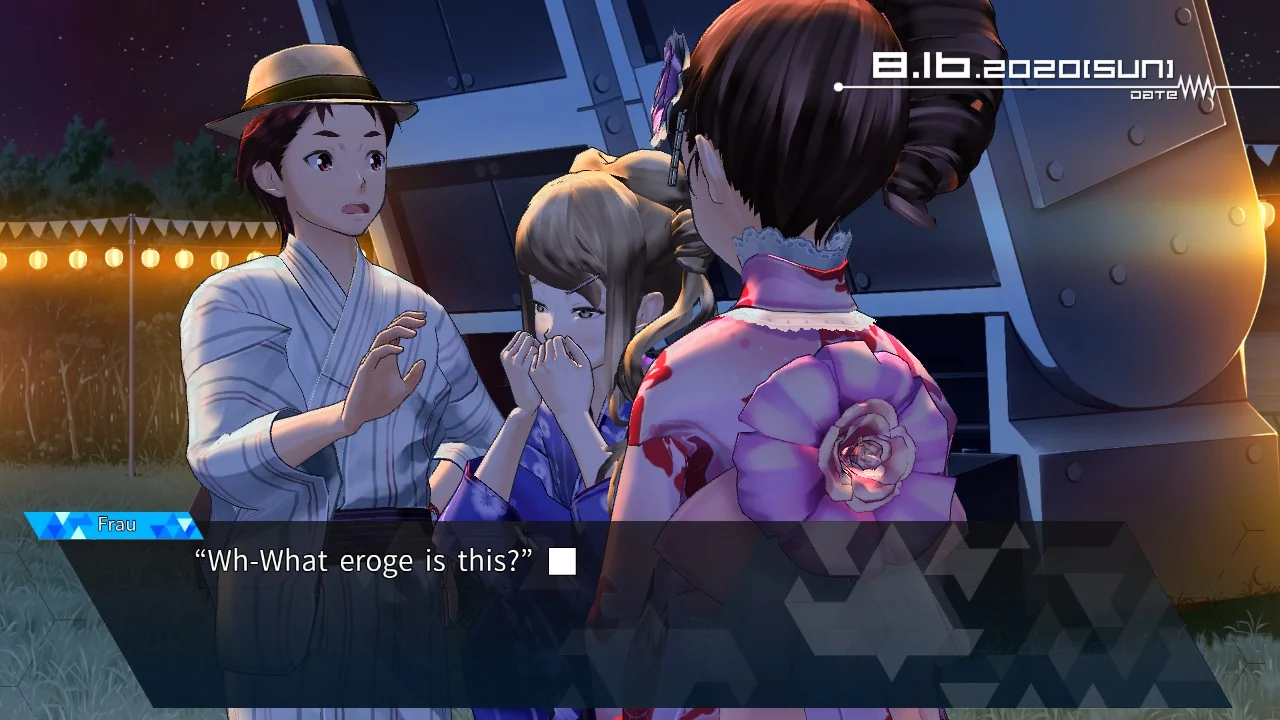
Kimono chaos hits the track.
The seiyuus deliver professional, consistent performances, matching Elite’s quality. Tomokazu Seki’s Daru steals the show with comedic timing and heartfelt moments, while Yoshino Nanjo’s Akiho brings fiery energy that elevates weaker scenes. The cast’s professionalism shines, making even lackluster routes engaging.
- Tomokazu Seki (Daru): Gilgamesh (Fate), Enrico Pucci (JoJos), Kyle Regulss (Lunar: Silver Star Harmony)
- Yoshino Nanjo (Akiho): Eli Ayase (Love Live!), Kiria Kurono (Tokyo Mirage Sessions #FE), Junah (Metaphor: ReFantazio)
- Rie Kugimiya (Airi): Taiga Aisaka (Toradora), Alphonse Elric (Fullmetal Alchemist), Rise (Persona)
- Ryohei Kimura (Kaito): Hyde (Under Night), Taion (Xenoblade Chronicles 3), Ryota Kise (Kuroko’s Basketball)
- Kaori Nazuka (Frau): Miyu Edelfelt (Fate), Eureka (Eureka Seven), Yanagi (Zenless Zone Zero)
- Ayano Yamamoto (Nae): Kyouko Toshinou (YuruYuri), Shiki (Senran Kagura), Sumia/Cynthia (Fire Emblem: Awakening)
Verdict
Robotics;Notes DaSH takes the stable mechanics and clean presentation of Elite but delivers them in a package that feels unstable and unnecessary. PC-specific crashes occur every 1–2 hours and sometimes as frequently as every 5 minutes during route transitions. Constant saving and skipping drains nearly all engagement from the experience.
Where the game shines is in its art direction and music. The visuals remain polished and expressive, capturing both slice-of-life charm and dramatic beats with clarity, while Takeshi Abo’s soundtrack provides the familiar, pleasant tone the series is known for. These elements, along with stellar seiyuu performances, make the world feel alive, even if the story and gameplay fail to justify the sequel.
Ultimately, DaSH feels like an unstable fandisk masquerading as a sequel, with occasional enjoyable moments but not enough to elevate the experience. While longtime fans may find the presence of Daru and the familiar systems enjoyable, the technical issues and repetitive routes make it hard to fully recommend.
TLDR
Robotics;Notes DaSH (PC)
3.5
Rough
Summary: Robotics;Notes DaSH leans on Daru’s crossover to hook fans but struggles with PC crashes, recycled mechanics, and flat storytelling.
Strong visuals, music, and seiyuu work keep it from total collapse, but it’s hard to recommend beyond series diehards.


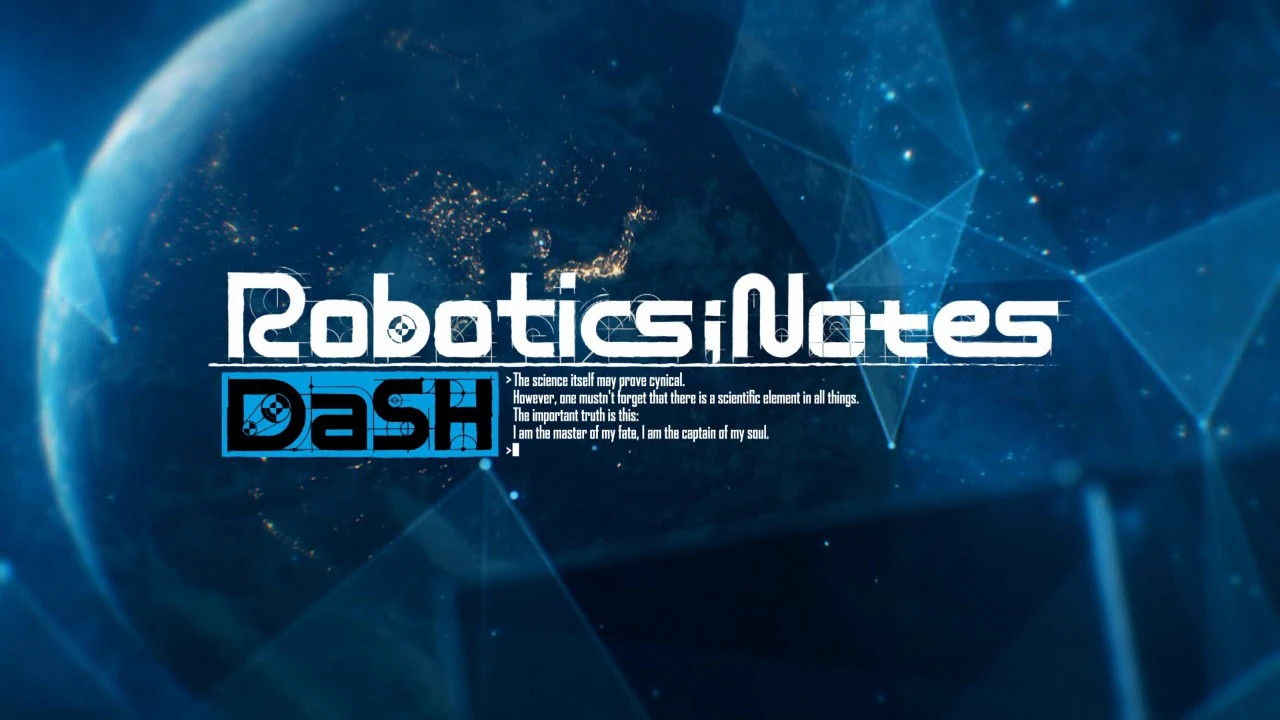
Leave a Reply